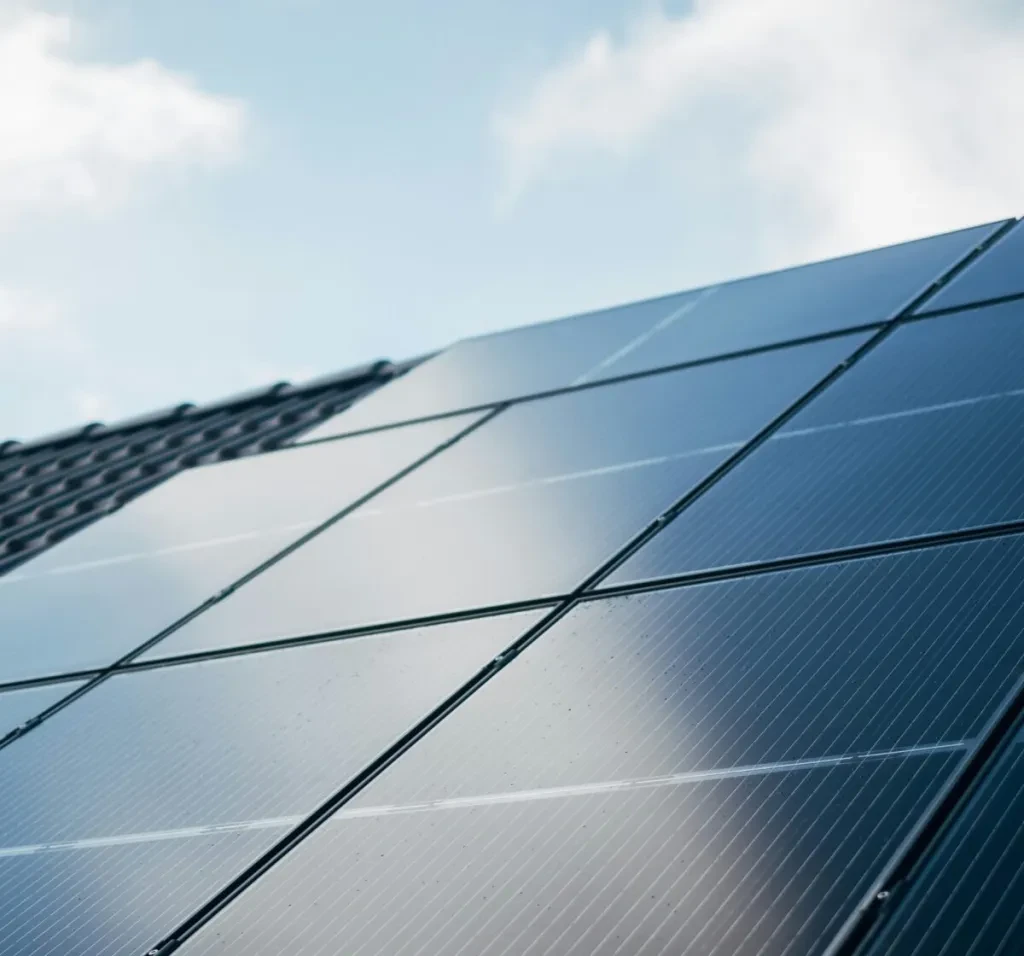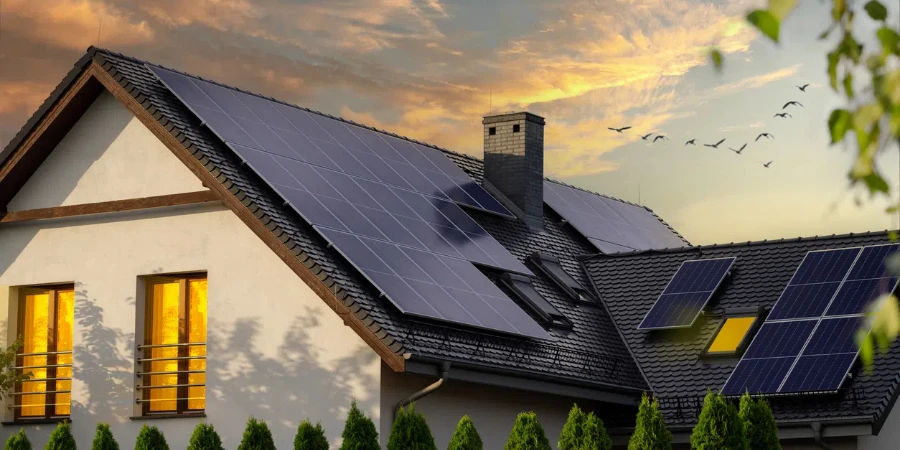Through a new methodology based on Decoupled Net Present Value (DNPV), a German research team has found that residential photovoltaic systems were not economically viable under most market conditions at the beginning of 2023. Although lower modules prices have significantly improved system profitability in recent months, several influencing factors that change over time may still have an impact on revenue.

Image: Benjamin Jopen, Unsplash
Researchers from Germany’s Hochschule RheinMain have conducted research to assess the economic viability of residential PV systems in Germany’s current market conditions and have found that profitability is becoming challenging under most conditions.
“The main motivation for the study was that previous research on the economic viability of residential PV systems has tended to be methodologically questionable from a financial point of view,” the research’s lead author, Carlo Kraemer, told pv magazine. “For example, the traditional net present value (NPV) method is often used, but without proper determination of risk-adjusted discount rates. Hence, risks are not correctly captured in the evaluation. In addition, the NPV method has fundamental methodological weaknesses.”
The scientists adopted the Decoupled Net Present Value (DNPV) method, which they said enables a valuation of PV investments with self-consumption with correct consideration of inherent risks. “In this way, the method not only supports investors in the correct evaluation of individual investments but can also help policymakers to develop sound energy policy measures, knowing the implications of the measures for individual investors,” Kraemer explained.
In the study “Using DNPV to determine the economic viability of residential photovoltaic systems in Germany: Is the investment still worth it?,” which was recently published in Renewable Energy, the academics explained that the proposed DNPV approach incorporates quantity and price risk systematically and captures electricity price risk through option pricing techniques.
They presented a case study for a 10 kW system deployed in Frankfurt with 30 degree tilt angle with 0 degrees azimuth. The array is remunerated for injecting surplus power into the grid. They considered an initial investment of €1,737 ($1,874)/kW, maintenance and insurance costs, as well as costs for component replacement. Energy price was assumed to be €0.39/kWh and feed-in tariff was 0.082 €/kWh
Cash flows are adjusted by the synthetic insurance premiums to account for risk and then discounted using a risk-free rate, according to the DNPV standards. The PV system was assumed to have a self-consumption share of 16%.
“The basic idea of the DNPV method is to capture the risk of the cash flows in the form of synthetic risk premiums (i.e., the cost of risk),” the researchers explained. “This decouples risk from consideration of the time value of money and, after deducting the cost of risk, the resulting cash flows can be discounted at the risk-free rate.”
The analysis showed that the 10 kW system achieved a negative DNPV of -€1,664.
“This reflects the situation at the beginning of 2023,” Kraemers said. “It shows that a typical small residential PV system was not economically advantageous at that time, despite high electricity prices, mainly due to the high investment costs. However, the study also shows that the advantageousness depends on a number of influencing factors that can change over time. These include investment costs, electricity prices and volatility but also the size of the system relative to your own electricity consumption.”
According to Kraemer, profitability has already been partially restored, as investment costs fell significantly throughout the last year. Nevertheless, profitability is still dependent on state subsidies via the feed-in tariff. “Against this backdrop, it is important that the amendment to the EEG in 2025 planned by the German government is designed with caution so as not to jeopardize the restored profitability once again,” he added. “The current discussions sometimes give the impression that politicians think that the economic advantage is only given by high electricity prices, which is not the case. Therefore, if we do not want to jeopardize the well-paced PV expansion in Germany, then a careful adjustment must be made here.”
Kraemer also acknowledged that the statements on the profitability of small systems cannot be generalized. “As mentioned above, profitability has already risen in Germany due to the fall in investment costs,” he emphasized. “In addition, economic viability depends on various parameters that are regionally specific. Apart from the investment costs and electricity prices already mentioned above, the yield of the system of course depends on the region and has a significant influence on the economic value. Therefore, all these parameters must be included in the evaluation and then deliver a very individual result.”
Kraemer assumes that volatility will not decrease significantly in the long term and says that the current situation may get worse if governments reduce state subsidies for PV systems with self-consumption without due consideration of the financial impact. “The general notion that these systems must be economically viable in times of high electricity prices is not correct,” he concluded. “A much more differentiated view must be taken and caution must be exercised when adapting state subsidies.”
This content is protected by copyright and may not be reused. If you want to cooperate with us and would like to reuse some of our content, please contact: editors@pv-magazine.com.
Source from pv magazine
Disclaimer: The information set forth above is provided by pv-magazine.com independently of Alibaba.com. Alibaba.com makes no representation and warranties as to the quality and reliability of the seller and products. Alibaba.com expressly disclaims any liability for breaches pertaining to the copyright of content.




